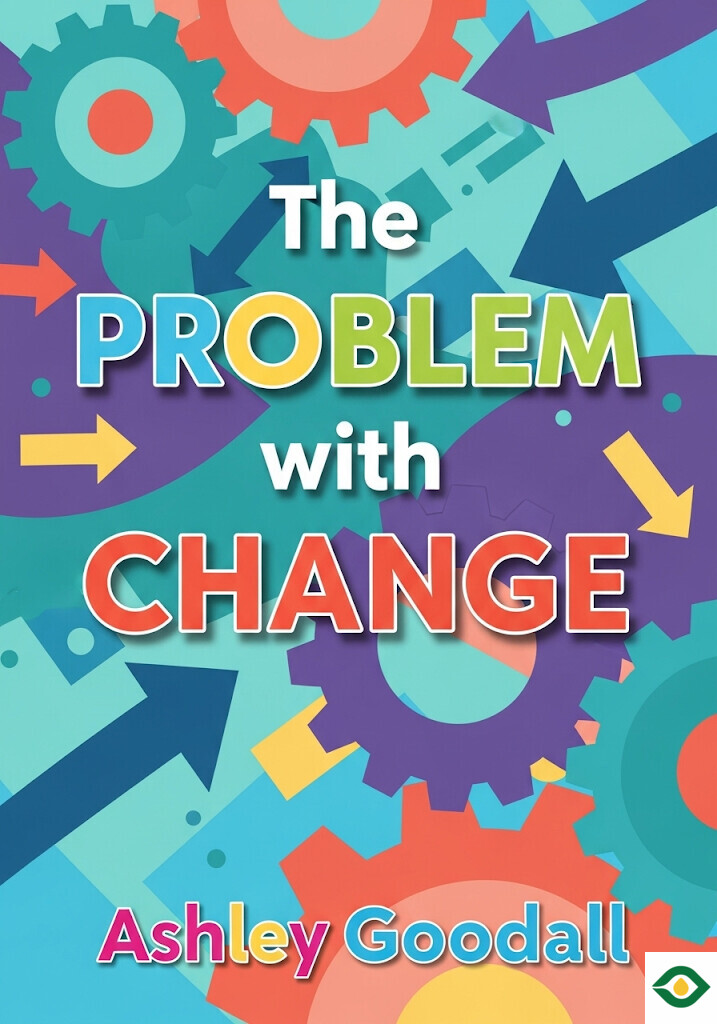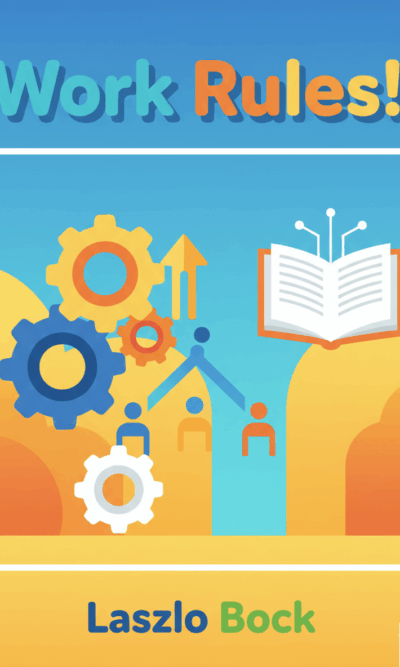Description
Change has become a familiar feature of modern work life. Meetings are suddenly called, vague announcements are made, and employees brace themselves for yet another shift in structure, leadership, or priorities. Leaders often frame these changes as exciting opportunities, but for many people on the ground, change feels confusing, unsettling, and exhausting. The problem is not that change happens, but that the human cost of change is often overlooked.
Employees who experience constant transitions describe it as living in a blender. Everything spins and churns, but little progress seems to be made. Someone might survive one merger, only to face a reorganization the following year and a leadership shake-up soon after. Each new change promises progress, yet employees find themselves wondering if all the disruption is worth it. People like Sarah, who lost most of her work network after her company was acquired, or Linda, who has lived through dozens of corporate restructures, reveal the hidden emotional and psychological toll.
The deeper truth is that change cuts into the connections that give work meaning. It unsettles relationships with colleagues, disrupts familiar routines, and threatens people’s sense of stability and control. When employees no longer know what to expect, anxiety grows. They worry about their roles, their future, and whether they can trust the information they receive. This uncertainty often breeds fear. Workers try to interpret small signals—an email that’s late, a meeting canceled without explanation—as possible signs of bigger trouble ahead.
On top of uncertainty, employees feel a loss of control. Most changes are dictated from the top, leaving little room for personal input. Being subjected to decisions without having any influence can make people feel helpless. Research shows that when people lose control over their environment, they can become discouraged and disengaged. Over time, stress builds, affecting not just morale but also physical health. Prolonged stress can elevate hormones like cortisol, which are linked to serious health risks, including heart problems.
Change also severs the social fabric that keeps organizations alive. People value their coworkers not just for their skills, but for the friendships and bonds that make daily work enjoyable. A teammate who shares lunch with you, a colleague who listens when you’re frustrated, or a partner who tackles challenges beside you—all of these interactions weave people into a supportive community. When reorganizations scatter teams or layoffs remove familiar faces, employees feel disconnected and adrift.
Even routines and physical spaces play an important role. The office layout, the morning coffee ritual, the rhythm of meetings—all these small consistencies help people feel grounded. Change that removes or alters these routines creates a sense of dislocation. While people eventually adapt, the transition period often leaves them feeling unsettled.
Yet despite these challenges, change is not always destructive. It can become an opportunity for resilience and creativity if handled with care. Leaders play a crucial role in shaping this experience. They can reduce the harm and even turn disruption into growth by offering three key supports: space, connection, and affirmation.
Space means giving employees room to adapt in their own ways. Rather than micromanaging or imposing rigid instructions, leaders can trust people to use their judgment within clear boundaries. This restores a sense of control and autonomy, reminding employees that they still have influence over their work.
Connection is about maintaining regular, supportive communication. Leaders who check in with employees—not just to track progress but to understand their needs—provide a lifeline of stability. These conversations help people feel seen and supported, even when the larger organization feels chaotic. A boss who listens, offers guidance, and reassures employees can make all the difference.
Affirmation is the deliberate act of recognizing people’s strengths and contributions. During times of upheaval, employees often doubt themselves. Leaders who highlight specific successes remind workers of their value and rebuild their confidence. This encouragement inspires people to keep contributing, despite the uncertainty around them.
When leaders consistently provide space, connection, and affirmation, teams become more resilient. Employees learn to see themselves not as passive victims of change, but as active participants shaping the future. Stories of resilience and creativity spread through the organization, creating a culture where people rise to challenges instead of shrinking from them.
One example is Aaliyah, a CEO who inherited a struggling company. She knew changes were necessary but decided not to let disruption destroy morale. Instead, she shared a clear vision and trusted her teams to decide how best to achieve it. When a major product launch ran into trouble, employees took ownership and developed an alternative solution. Rather than stepping in to dictate, Aaliyah celebrated their creativity and dedication. Over time, these moments of trust and recognition built a culture of resilience.
Employees in such environments begin to act differently. Instead of asking what the boss wants, they ask what the situation demands. They stretch themselves, take risks, and collaborate more deeply. Change stops being only a threat and becomes a chance to innovate and grow.
The lesson is clear: constant change is inevitable in today’s world, but its human cost does not have to be ignored. Organizations that focus only on structures, strategies, and profits miss the deeper truth that people need stability, belonging, and recognition to thrive. By respecting these needs, leaders can guide their teams not just through disruption but beyond it, toward a stronger and more creative future.
Ultimately, the problem with change is not that it exists, but that it is often handled without compassion for the people who live through it. Change handled poorly leaves employees anxious, disconnected, and exhausted. But change handled with care—through trust, connection, and affirmation—can leave them stronger, more united, and more capable of shaping the future together.





